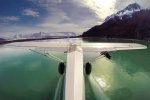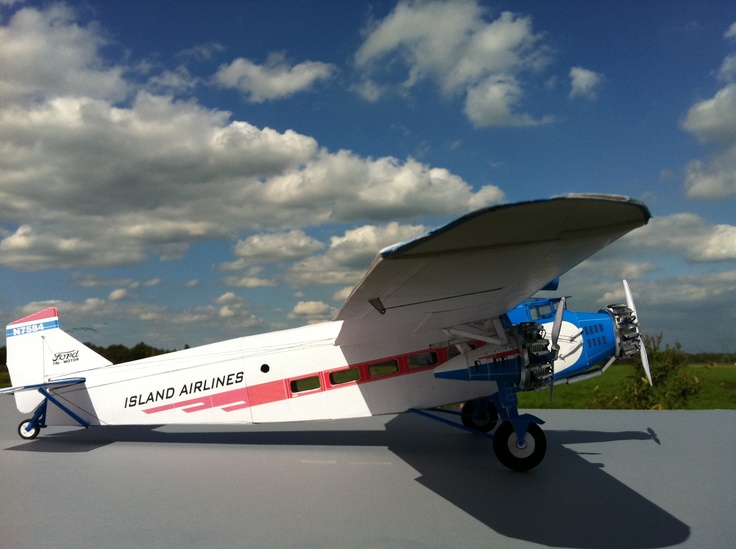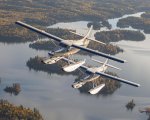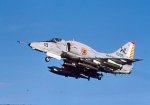According to Wikipedia:
Lightning
The Lockheed P-38 Lightning was a World War II American piston-engined fighter aircraft. Developed to a United States Army Air Corps requirement, the P-38 had distinctive twin booms and a central nacelle containing the cockpit and armament. Wikipedia
Top speed: 713 km/h
Wingspan: 16 m
Length: 12 m
Cruise speed: 443 km/h
Engine type: Allison V-1710
Unit cost: 97,147–97,147 USD (1944)
DeHavilland Mosquito
9.1 DH.98 Mosquito F Mk II
Fighter version.
Data from Mosquito[169] and Mosquito Performance trials[170]
General characteristics
Crew: 2: pilot, navigator/radar operator
Length: 41 ft 2 in (13.57 m)
Wingspan: 54 ft 2 in (16.52 m)
Height: 17 ft 5 in (5.3 m)
Wing area: 454 ft2 (42.18 m2)
Empty weight: 13,356 lb (6,058 kg)
Loaded weight: 17,700 lb (8,028 kg)
Max. takeoff weight: 18,649 lb (8,549 kg)
Powerplant: 2 × Rolls-Royce Merlin 21/21 or 23/23 (left/right) liquid-cooled V12 engine, 1,480 hp (21 & 23) (1,103 kW) each
Performance : Maximum speed: 318 kn (366 mph (589 km/h)) at 21,400 ft (6,500 m)[171]
Range: 782 nmi (900 mi (1,400 km)) with 410 gal (1,864-litre) fuel load at 20,000 ft (6,100 m)
Service ceiling: 29,000 ft (8,839 m)
Rate of climb: 1,740 ft/min (8.8 m/s)
Wing loading: 39.9 lb/ft2 (195 kg/m2)
Power/mass: 0.189 hp/lb (311 W/kg)
Armament Guns: 4 × 20 mm (.79 in) Hispano Mk II cannon (fuselage) and 4 × .303 in (7.7 mm) Browning machine guns (nose)
Avionics : AI Mk IV or Mk V radar (NF variants) ; 9.2 DH.98 Mosquito B Mk XVI
The definitive bomber version.
Mosquito P.R.34.
Data from Jane's Fighting Aircraft of World War II[172] and World War II Warbirds[173]
General characteristics
Crew: 2: pilot, bombardier/navigator
Length: 44 ft 6 in (13.57 m)
Wingspan: 54 ft 2 in (16.52 m)
Height: 17 ft 5 in (5.3 m)
Wing area: 454 ft2 (42.18 m2)
Empty weight: 14,300 lb (6,490 kg)
Loaded weight: 18,100 lb (8,210 kg)
Max. takeoff weight: 25,000 lb (11,000 kg)
Powerplant: 2 × Rolls-Royce Merlin 76/77 (left/right) liquid-cooled V12 engine, 1,710 hp (1,280 kW) each
Performance
Maximum speed: 361 kn (415 mph (668 km/h)) at 28,000 ft (8,500 m)
Range: 1,300 nmi (1,500 mi (2,400 km)) with full weapons load
Service ceiling: 37,000 ft (11,000 m)
Rate of climb: 2,850 ft/min (14.5 m/s)
Wing loading: 39.9 lb/ft2 (195 kg/m2)
Power/mass: 0.189 hp/lb (311 W/kg)
Armament : Bombs: 4,000 pounds (1,800 kg)
Avionics: GEE radio-navigation
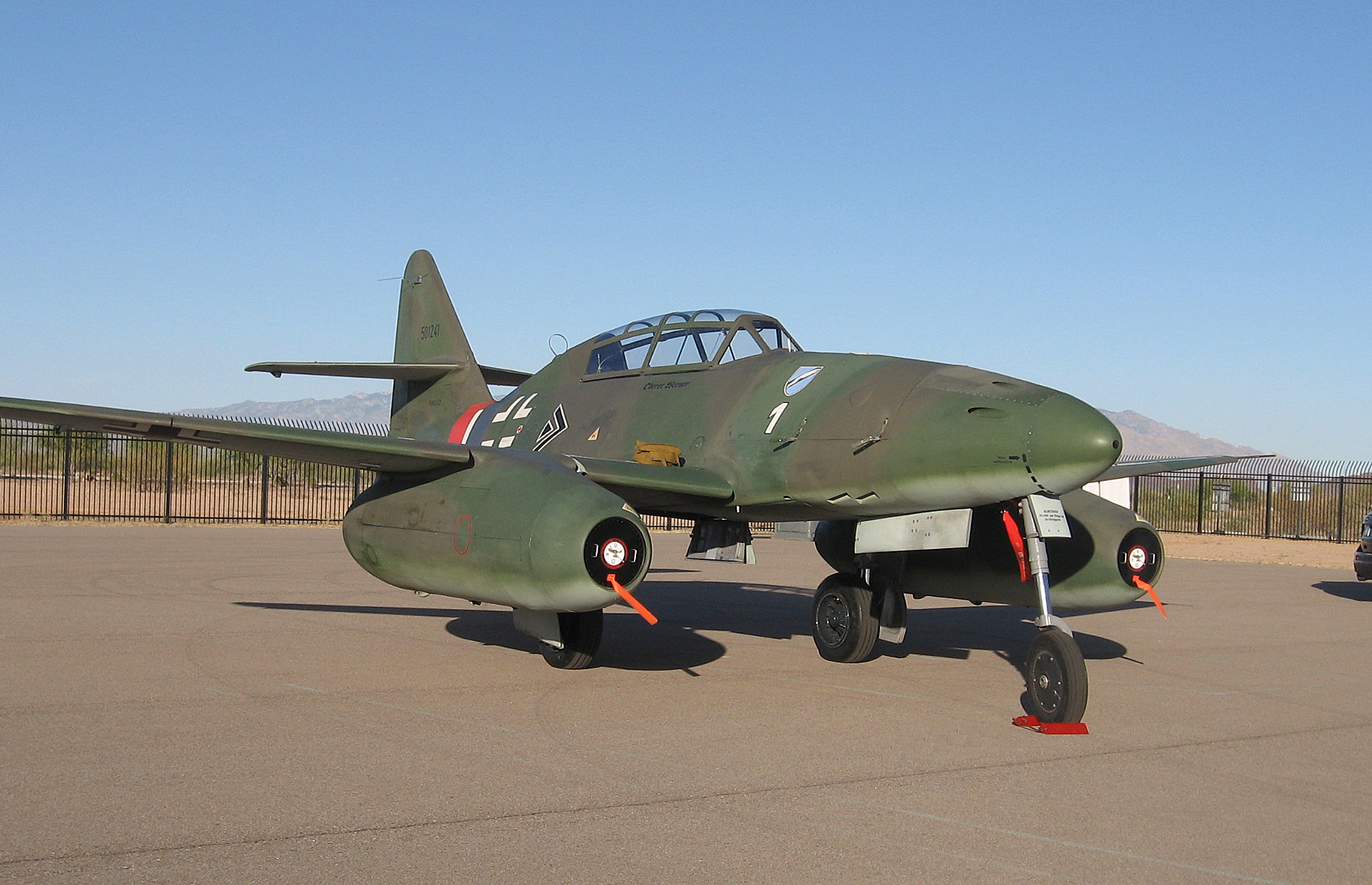
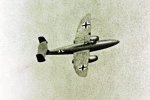 He 280, first flew in 1939. Privately built by Ernst Heinkel. Outperformed the FW-190.
He 280, first flew in 1939. Privately built by Ernst Heinkel. Outperformed the FW-190.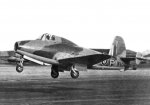 Gloster E28/29. First British Jet prototype, first flew in 1940.
Gloster E28/29. First British Jet prototype, first flew in 1940.


